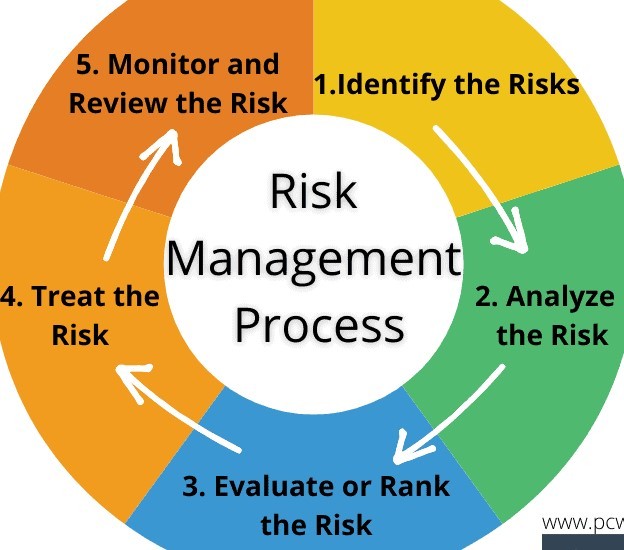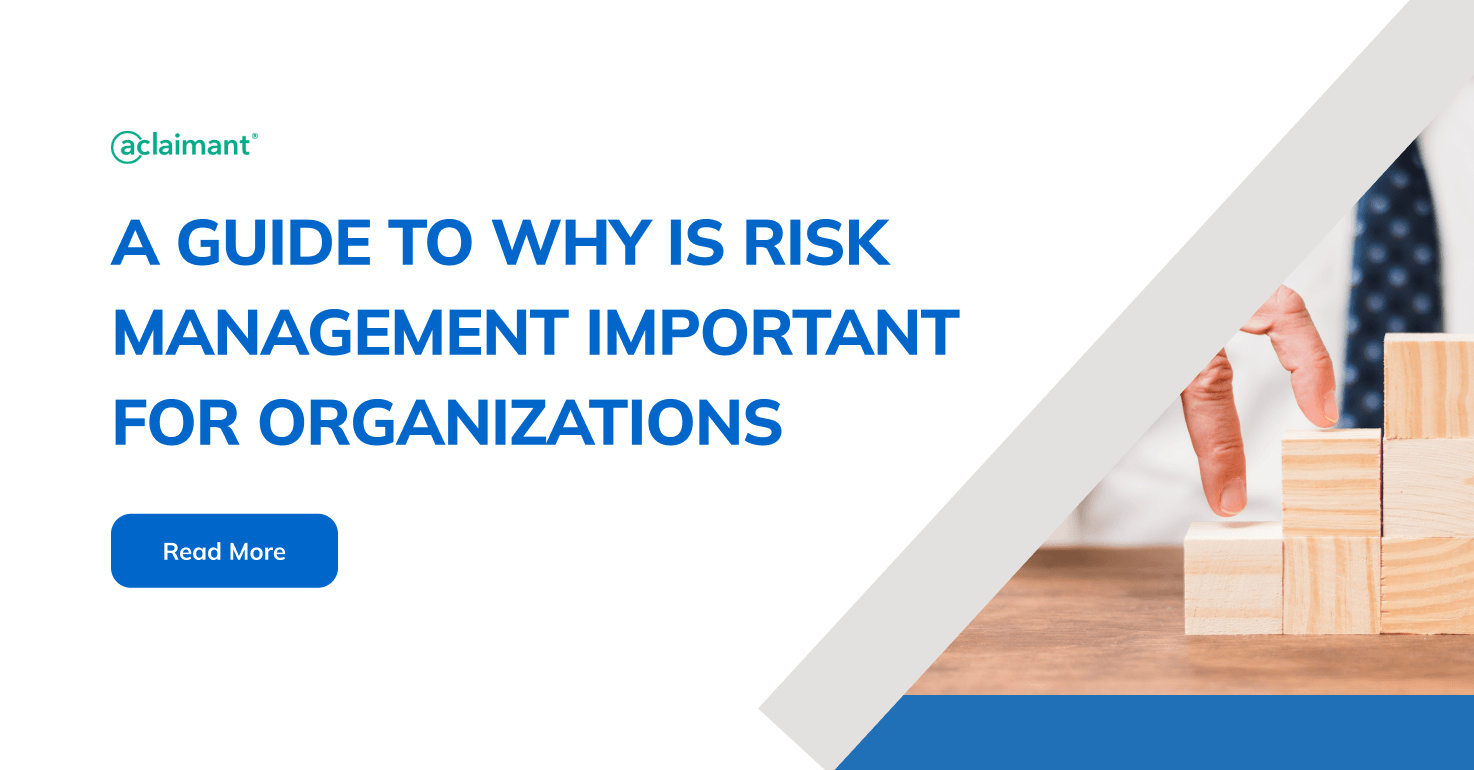The Tactical Importance of Risk Management in Building Business Advantage
The Tactical Importance of Risk Management in Building Business Advantage
Blog Article
Exploring the Importance of Risk Management for Effective Decision-Making Strategies
In the detailed globe of service, Risk Management emerges as a vital aspect in the decision-making process. The capacity to identify possible threats and chances, and plan as necessary, can spell the distinction between success and failing. With tools such as SWOT and PESTEL, organizations are outfitted to make informed choices, promoting resilience and adaptability in an ever-changing environment. Wondering just how this functions? Let's unbox the characteristics additionally.
Comprehending the Principle of Risk Management
Risk Management, a critical component in decision-making, is commonly misunderstood or oversimplified. Typically, it refers to the identification, assessment, and prioritization of threats to lessen, check, and regulate the possibility or effect of regrettable events. It's not just concerning avoiding unfavorable end results, yet also regarding acknowledging possible opportunities. Risk Management includes self-displined and structured techniques, using information and insightful assessments. It needs a detailed understanding of the company's context, objectives, and the possible risks that can prevent them. From financial uncertainties, legal responsibilities, tactical Management errors, to accidents and natural calamities, it attends to various threats. Significantly, efficient Risk Management is not stagnant; it's a continuous, forward-looking procedure that progresses with altering scenarios.
The Role of Risk Management in Decision-Making Processes
In the realm of calculated planning and organization operations, Risk Management plays an integral function in decision-making processes. It helps in determining possible hazards and uncertainties that might influence the achievement of service purposes. By tracing these dangers, firms can formulate techniques to alleviate their influence, making sure business connection and stability. Risk Management therefore becomes a vital device in decision-making, aiding leaders to make educated choices based upon a comprehensive understanding of the threats involved. It urges a positive approach, allowing companies to anticipate and prepare for feasible future situations. This significantly reduces the possibility of negative repercussions, promoting a lot more reliable and reliable decision-making strategies. For that reason, Risk Management serves as a crucial part in the decision-making procedures of any type of organization.

How Risk Management Boosts Strategic Preparation
In the context of critical preparation, Risk Management plays a crucial duty. Starting with the identification of potential threats, it better reaches the application of Risk reduction procedures. The function of Risk Management is vibrant yet not fixed, as it demands constant surveillance and adjusting of approaches.
Recognizing Prospective Risks

Executing Risk Mitigation
Having actually established the value of identifying potential dangers, the next step is to check out Risk reduction. This procedure entails creating and implementing techniques to handle determined dangers successfully. It is an essential element of calculated preparation as it boosts decision-making by minimizing potential negative end results. Risk mitigation techniques can vary from Risk evasion, Risk transfer, to run the risk of decrease. Each method ought to be tailored to the details Risk, considering its possible impact and the organization's Risk resistance. Reliable Risk reduction needs a deep understanding of the Risk landscape and the prospective effect of each Risk. This understanding allows organizations to focus on threats and allot sources effectively, ensuring that one of the most significant dangers are addressed first.
Surveillance and Readjusting Approaches
Though Risk mitigation is a crucial step in strategic preparation, continuous tracking and change of these methods is just as essential. It additionally offers a possibility to review the success of the Risk Management procedures, allowing modifications to be made where needed, further enhancing tactical preparation. Surveillance and changing Risk Management strategies is an important part for improving an organization's strength and strategic preparation.
Situation Researches: Successful Risk Management and Decision-Making
Worldwide of business and financing, successful Risk Management and decision-making often function as the columns of flourishing ventures. One such entity is an international oil business that alleviated monetary loss by hedging against changing oil costs. In one more instance, a technology start-up prospered by determining and accepting risky, high-reward approaches in an unpredictable market. A pop over to this web-site worldwide financial institution, encountered with governing unpredictabilities, effectively navigated the scenario with proactive Risk analysis and dynamic decision-making. These situations highlight the value of sharp Risk Management in decision-making processes. It is not the absence of Risk, however the Management of it, that commonly sets apart effective companies from not successful ones. These cases highlight the crucial function of Risk Management in strategic decision-making. importance of risk management.
Tools and Strategies for Effective Risk Management
These tools, such as Risk signs up and warmth maps, aid in determining and assessing potential dangers. Risk response methods, a key element of Risk Management, include accepting, staying clear of, moving, or mitigating risks. With these tools and techniques, decision-makers can navigate the facility landscape of Risk Management, thus assisting in educated and efficient decision-making.
Future Patterns in Risk Management and Decision-Making Strategies
As we check out the substantial landscape of Risk Management, it becomes obvious that the strategies and tools made use of today will continue to advance. The idea of Risk culture, visit the website where every participant of an organization is mindful and involved in Risk Management, will gain extra prominence. These patterns proclaim a more comprehensive and proactive strategy towards Risk Management and decision-making.
Conclusion

Risk Management hence ends up being a crucial tool in decision-making, helping leaders to make informed selections based on a thorough understanding of the threats entailed. Risk reduction techniques can range from Risk avoidance, Risk transfer, to risk decrease (importance of risk management). Effective Risk mitigation needs a deep understanding of the Risk landscape and the possible influence of each Risk. Risk action techniques, an essential part of Risk Management, include accepting, avoiding, transferring, or mitigating risks. The idea of Risk society, where every participant of a company is aware and entailed in Risk Management, will certainly acquire more prestige
Report this page